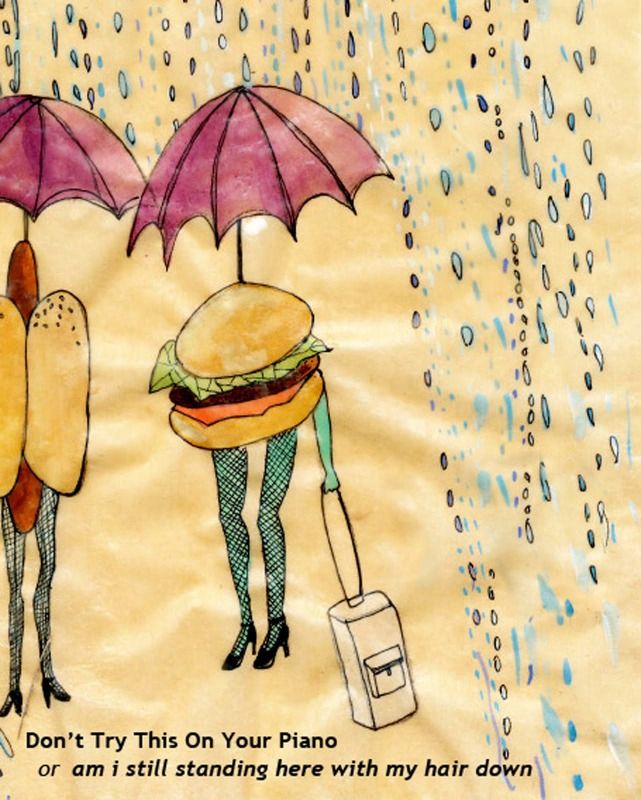Born in Florence in 1397, Paulo Uccello was a fifteenth-century Italian painter whose work cannot be identified easily, if at all, within predominate artistic trends of his day. As Franco and Stefano Borsi state in the introduction to Paolo Uccello (1994), most historians attempt to “establish the existence of a deep conflict between Gothic and Renaissance” during the period Uccello painted. This rivalry hinged upon a binary formed by Florentine painters who created “bourgeois, realistic, commercial, and austere” works and Sienese painters who “remained faithful to a courtly, pleasant and rather lifeless Gothic.”
The Borsis suggest that the aesthetic divide becomes problematic when considering the work of Uccello, at least in the sense that he incorporated aspects of both within his paintings. To this extent, “Gothic and Renaissance are terms that are irremediably opposed and consequently, in Uccello’s work, impossible to reconcile.” In order to better understand the ambiguity of Uccello’s work, the Borsis advocate interpretations that approach his paintings from “oblique angles” that produce “no synthetic judgments” or resolutions.
Molly Brodak’s chapbook The Flood (Coconut Books, 2012) embodies this interpretive model, engaging Uccello’s life and work from an ever-shifting series of oblique angles that frame her subject matter in strange but interesting ways. Brodak acknowledges as much in the ekphrastic poem “The Hunt (Last Painting)” when she writes:
Shadows make no sense after a while;the body is likely to erase its own designs.For horses, there is color: a kind of lovethat narrows. The unpointed hounds whiptheir bodies out of the clutter of legs, carmine softspots,this wickerwork perspective: counted and locked!But a wall finally hollowed. His black gesso showing through,translating blankness, what cannot be resolved a figure. (22)
The poem concedes that Uccello’s shadowing techniques “make no sense after a while,” just as normative historical paradigms fail to make sense of the painter’s work. Likewise, while the Gothic and Renaissance dialectic cannot be resolved within his painting, nor can “translating blackness” (i.e. the sensibility of shadows) “be resolved” within the “wickerwork perspective” of Brodak’s poem.
This inability of an ekphrastic poem to resolve a perspective, narrative, or aesthetic element of a painting, then, ends up being one of the overriding concerns of The Flood. In the poem “Small Items,” Brodak writes:
We dislocate,as if right up to the dying man.You are already late to this image.In fact you might never be found,hugged that hard by clocks.A formula works when it disappears,like art,a brain beadedby tiny acts.The rupture capturesregret, having painted nothingbut a more rational forest floor. (19)
Indeed, reading an ekphrastic poems dislocates us from a painting, in that comparing two art forms always involves an untranslatable schism. This dislocating effect causes a “rupture” that allows us to “capture” only the “regret” produced by “coming late to this image” (or never arriving at all). If we enter the poem in search of a linguistic translation, explanation, or enlightenment, we’ll gain “nothing / but a more rational forest floor”; and the “rational” in art signifies, at best, the death of art. If anything, the poem “works when it disappears / like art.”
How does a poem, particularly an ekphrastic poem, disappear? Brodak intimates at an answer in “Lead White,” when she writes of a “dark hair space” filled with “blackness,” which she goes on to describe as:
Doubtable is how it looks,not like a novel, a way of seeing everythingI don’t agree with, having nothingto do with words, the opposite of fact:in no absence of nothing,the brush’s belly dries upand varnishes just the warp, just the consonants,a sentenceless tilt in the head’s violence, (21)
Just as the Borsis argue for an irreconcilable divide within Uccello’s work that renders his oeuvre unclassifiable within normative paradigms, The Flood argues that the ekphrastic poem leaves us in a “Doubtable” space that has “nothing / to do with words.” Instead, the poem fosters “a sentenceless tilt” in our consciousness that produces “violence”: a mind at odds with how to process the “no absence of nothing” we confront. In a manner of speaking, then, these poems provide us with both “the door and the window [that] open / to nothing” (23); but in that nothing, we unravel the “folds of the mind / … // …still vibrating” (8) with infinitely unanswered questions.





